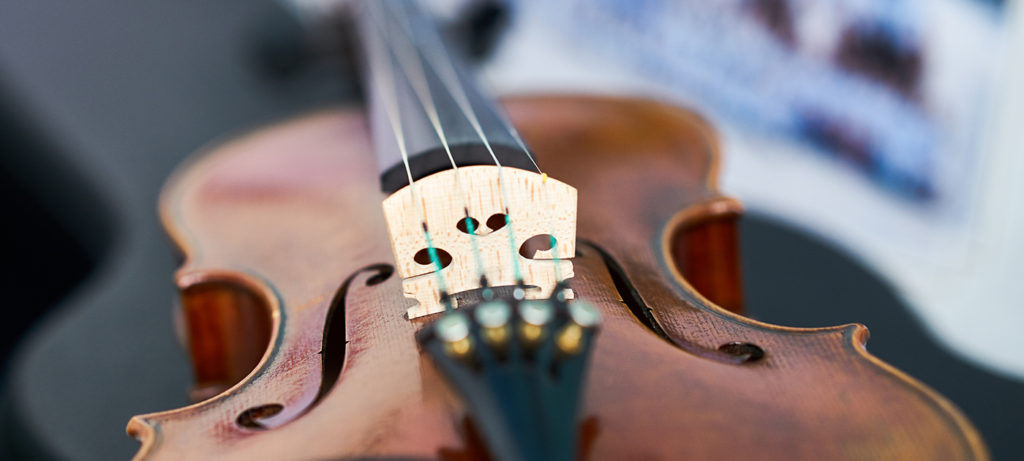
Choosing the Right Violin Strings: A Complete Guide
By: Peterson Piano InstituteViolin strings play a crucial role in shaping the instrument’s tone, projection, and playability. The right choice of strings can highlight the strengths of your violin and match your personal style of playing. Whether you are a beginner or a professional, understanding the different types of strings and their characteristics will help you make a confident decision.
1. Consider Your Instrument
Every violin has its own natural character.
- Warm and mellow instruments often benefit from synthetic-core strings, which add depth and tonal complexity.
- Bright or newer instruments may sound clearer and more focused with steel-core strings.
2. Main Types of Violin Strings
Steel Core Strings
- Durable, stable under humidity and temperature changes.
- Provide a bright, focused, and penetrating tone.
- Commonly used in contemporary, folk, and bluegrass styles.
Synthetic Core Strings
- Designed to mimic gut strings while offering greater stability.
- Produce a warm, rich, and versatile sound.
- Widely preferred by classical musicians due to their balanced tonal qualities.
Gut Core Strings
- The traditional choice, made from sheep or cow gut.
- Known for their deep, complex, and historically authentic sound.
- Require frequent tuning and are highly sensitive to climate changes, but remain favored in early music and by players seeking a traditional tone.
3. The Role of the E String
The E string significantly shapes the brilliance and clarity of the violin’s upper register.
- Plain steel E: Bright, clear, and highly responsive, excellent for solo playing.
- Gold-plated E: Adds warmth, reduces harshness while retaining brilliance.
- Whistle-resistant E: Wound or specially designed to minimize unwanted squeaks.
- Alternative metals (titanium, aluminum, etc.): Offer unique tonal color, warmth, or complexity.
4. String Tension
String tension influences both tone and playability.
- High tension: Louder, more powerful sound, but requires more finger pressure.
- Low tension: Easier to play and bend, though with slightly less projection.
5. Matching Strings to Your Style
Your choice of strings should reflect the music you play.
- Folk, blues, or country players often prefer the clarity of steel strings.
- Classical musicians generally favor synthetic-core strings for their warmth and tonal depth.
6. Lifespan and Maintenance
- Steel strings typically last longer than gut or synthetic.
- All strings eventually wear out, becoming dull, less responsive, and harder to tune.
- Regular replacement and proper storage extend both tone quality and playability.
7. Budget Considerations
Strings vary widely in price.
- Premium strings from leading brands are more expensive but provide superior tone and consistency.
- Affordable strings can still perform well, especially for students or casual players.
8. Experimentation Is Key
There is no single “best” string. The ideal set depends on your instrument, style, and personal preference.
- Try different brands, tensions, and materials to discover what works best.
- Seek guidance from teachers or colleagues.
- Take advantage of trial packs or test periods offered by some brands and shops.
Selecting violin strings is a personal journey that combines technical knowledge with hands-on experimentation. By understanding the different types of strings - steel, synthetic, and gut - and considering factors like tension, budget, and your musical style, you can find the setup that truly enhances your instrument. The right strings not only transform your tone but also inspire your playing.
BLOG
Music articles to help you understand the process of learning to play an instrument more!
VISIT OUR BLOGJoin PETERSON’S most distinguished music academy for everyone
Exclusive music instruction form the children at the age of four
REGISTER NOW